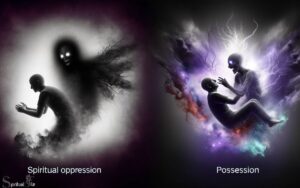Physical Beauty Vs Spiritual Beauty: Symmetry!
Physical beauty refers to the outward attractiveness of an individual, often characterized by symmetry, complexion, and other visual traits that align with societal standards.
In contrast, spiritual beauty is an inner quality that emanates from a person’s character, virtues, and the depth of their soul. Both have profound influences on personal and societal perceptions, but they offer different values and experiences.
Physical beauty is immediately observable and can elicit instant reactions from others. It is often associated with youth, health, and genetic fitness, which can play a role in attraction and social opportunities.
Meanwhile, spiritual beauty is associated with traits like kindness, compassion, wisdom, and integrity. It is not immediately visible, but it can deeply impact relationships and personal fulfillment over time.
For example, a person might be drawn to another’s physical beauty initially, but it is their spiritual beauty that fosters a lasting connection.
Physical Beauty:
- Outward appearance
- Adherence to societal standards
- Immediate perception
Spiritual Beauty:
- Inner qualities
- Character and virtues
- Long-lasting impact
While physical beauty may fade with time, spiritual beauty grows, enriching one’s life and the lives of those around them. It’s the depth of one’s spirit that weaves enduring connections and legacies.
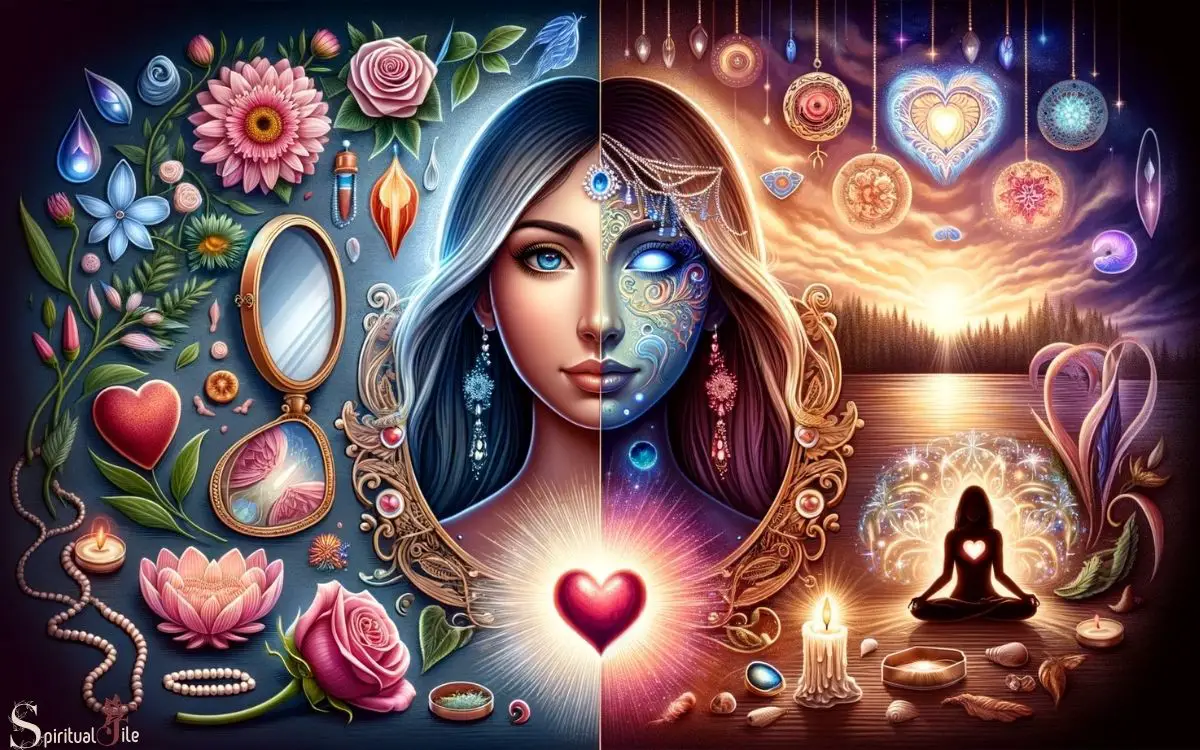
Key Takeaway
9 Aspects: Physical Beauty Vs Spiritual Beauty
| Aspect | Physical Beauty | Spiritual Beauty |
|---|---|---|
| Definition | External appearance, features | Inner qualities, virtues |
| Subjectivity | Often subjective, varies | More universal, timeless |
| Nature | Transitory, can fade with time | Enduring, grows with time |
| Perception | Easily observed, superficial | Requires deeper insight |
| Impact | Initial attraction, may diminish | Long-lasting, enriches soul |
| Cultivation | Cosmetic enhancements, grooming | Personal growth, meditation |
| Happiness | Linked to self-esteem, can fluctuate | Rooted in inner peace, contentment |
| Appreciation | Socially influenced, cultural standards | Appreciated across cultures |
| Depth | Superficial, skin-deep | Profound, soul-deep |
The Definition of Physical Beauty
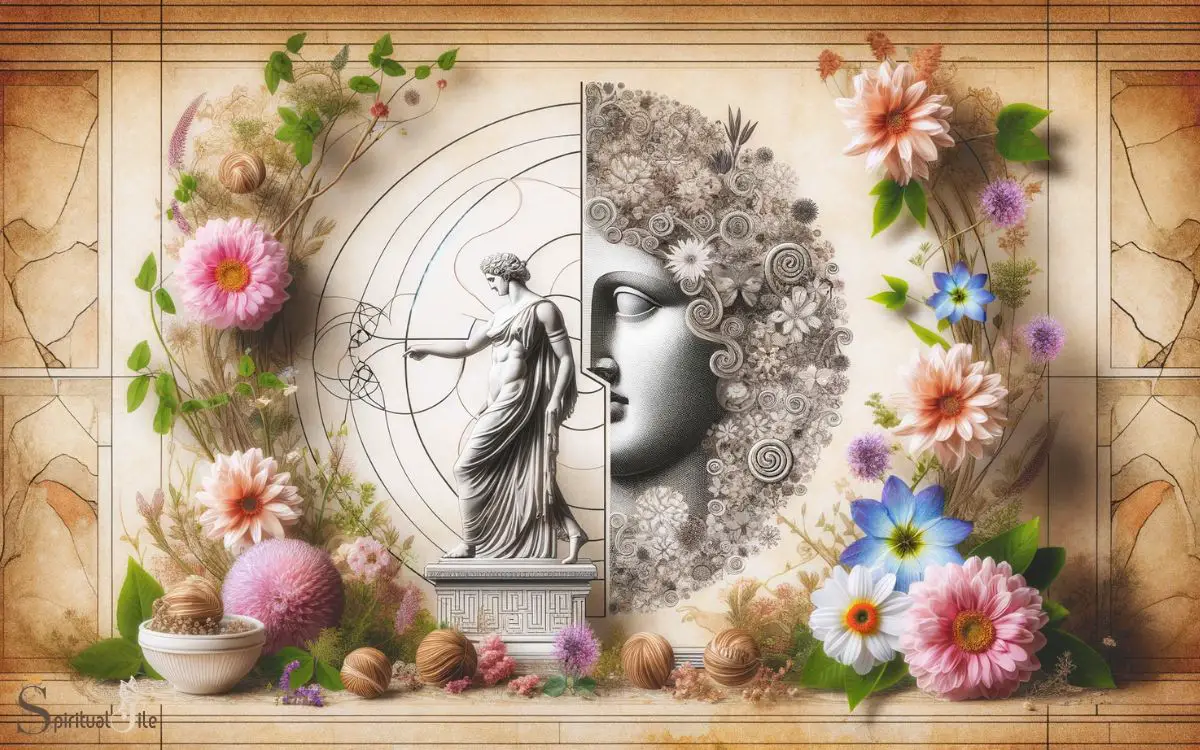
Physical beauty is often defined as the outward appearance of a person, encompassing features such as symmetry, proportion, and health. It is a combination of characteristics that are pleasing to the eye, often conforming to societal standards and cultural preferences.
This can include attributes such as facial symmetry, clear skin, and a fit physique. However, physical beauty is a subjective concept that varies across different cultures and time periods.
While it is often associated with attractiveness and youth, the definition of physical beauty is fluid and can be influenced by a wide range of factors, including media, fashion, and personal preferences.
Understanding the complexities of physical beauty requires an exploration of its cultural, historical, and individual dimensions.
The Essence of Spiritual Beauty
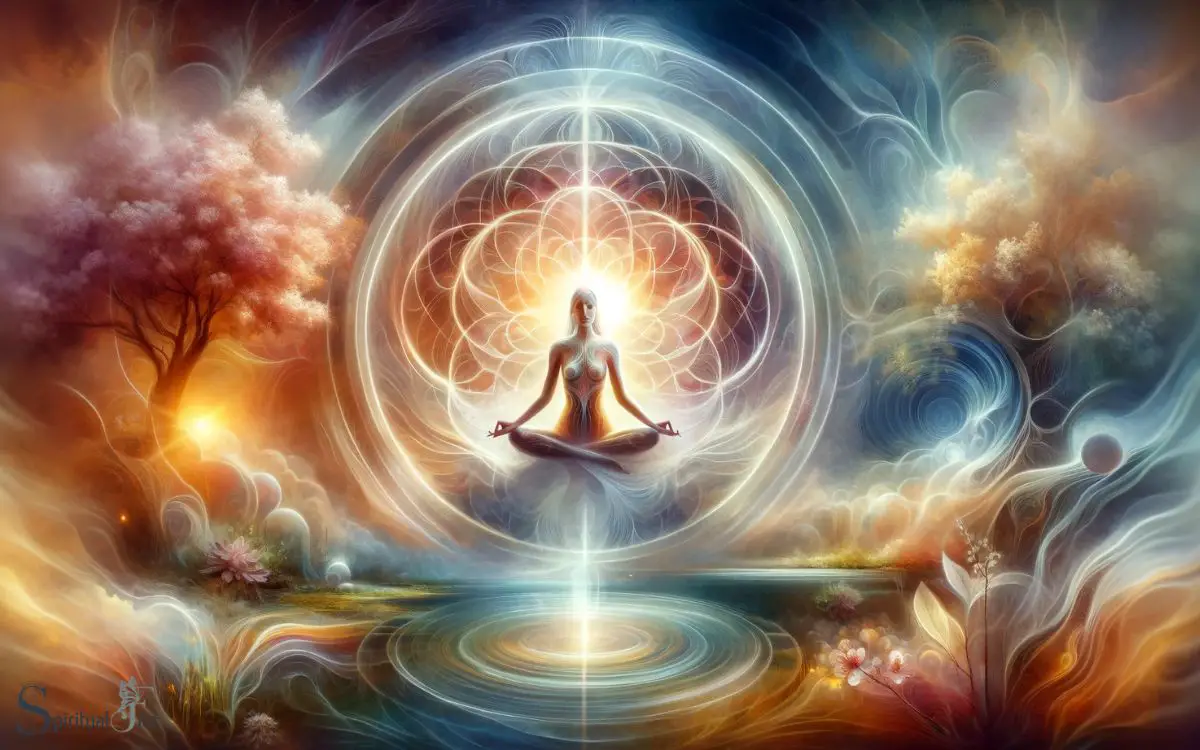
The essence of spiritual beauty transcends physical appearances and encompasses the inner virtues and character of an individual. Spiritual beauty emanates from within and radiates through actions and interactions.
Here are four key aspects that define the essence of spiritual beauty:
- Compassion: The ability to empathize and show kindness towards others, even in challenging situations.
- Authenticity: Being true to oneself and others, living with integrity and honesty.
- Generosity: Willingness to give without expecting anything in return, whether it’s time, resources, or emotional support.
- Wisdom: The capacity to make sound judgments, guided by experience, knowledge, and a sense of understanding.
These qualities collectively form the core of spiritual beauty, shaping individuals into beacons of light and positivity.
The Impact of Physical Beauty

The impact of physical beauty on individuals can be observed in societal perceptions and personal interactions, often influencing initial impressions and external validation.
Physical attractiveness can lead to favorable treatment, increased opportunities, and enhanced self-esteem. However, it can also result in superficial judgments and unrealistic standards.
The following table illustrates the multifaceted impact of physical beauty:
| Positive Impact | Negative Impact |
|---|---|
| Enhanced confidence | Superficial judgments |
| Increased opportunities | Unrealistic standards |
| Favorable treatment | Pressure to maintain appearance |
| External validation | Objectification |
| Improved self-esteem | Discrimination based on appearance |
Understanding the complexities of physical beauty is crucial in navigating its effects on individuals and society.
This leads us to examine the power of spiritual beauty and its enduring influence on human experiences.
The Power of Spiritual Beauty
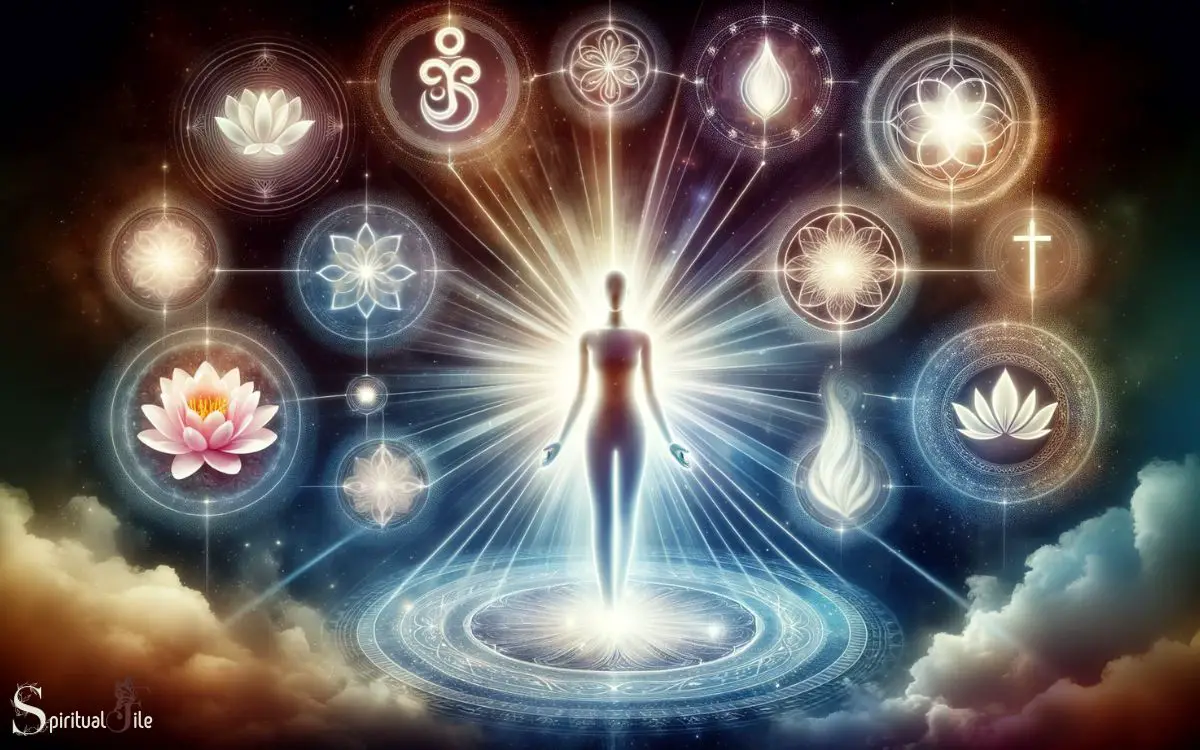
The enduring influence of spiritual beauty on human experiences is evident in its ability to transcend superficial judgments and unrealistic standards associated with physical beauty, fostering profound connections and inner fulfillment.
The power of spiritual beauty lies in its ability to:
- Encourage empathy and compassion, leading to meaningful relationships.
- Inspire resilience and strength during challenging times.
- Foster a sense of inner peace and contentment.
- Promote a deeper understanding of oneself and others.
These aspects of spiritual beauty contribute to a more fulfilling and enriched life, transcending the limitations of physical appearance.
Balancing Physical and Spiritual Beauty
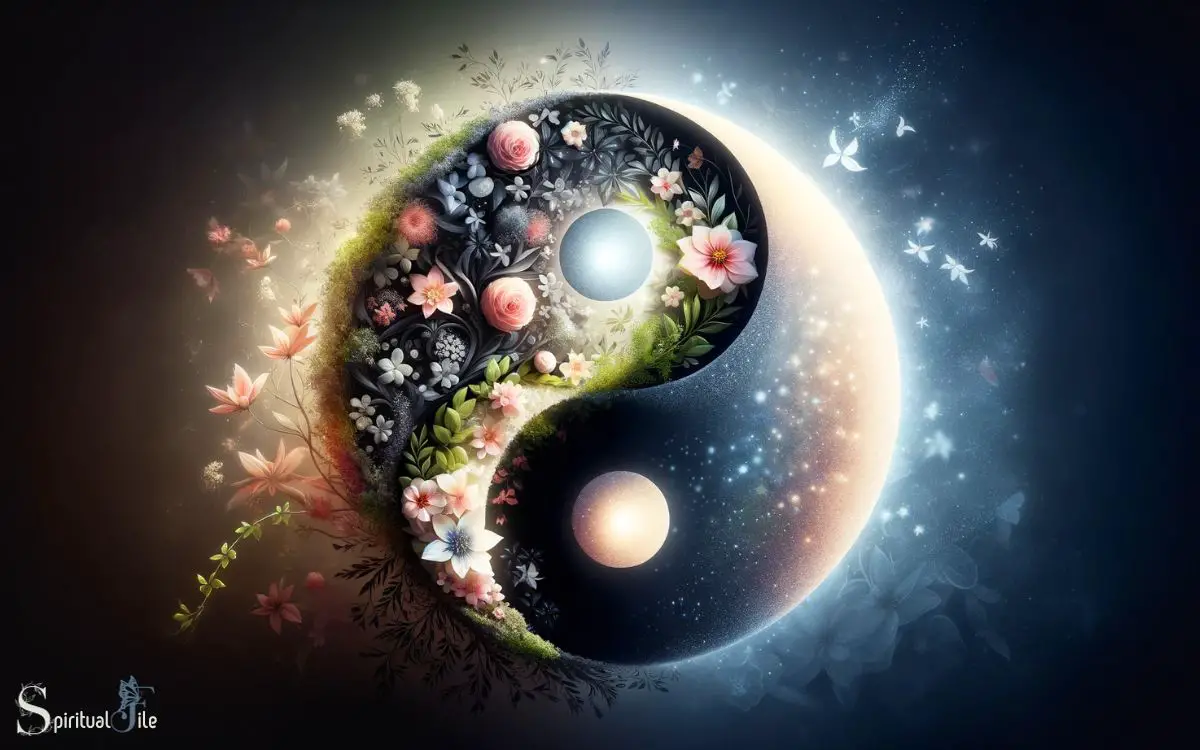
Balancing physical and spiritual beauty requires thoughtful integration and an appreciation for the harmonious coexistence of both aspects in personal well-being.
Physical beauty is often associated with external appearances, while spiritual beauty pertains to inner qualities.
Achieving balance involves nurturing the body through healthy habits such as exercise and proper nutrition, while also tending to the spirit through practices like meditation, self-reflection, and acts of kindness.
This equilibrium fosters a sense of wholeness, allowing individuals to radiate beauty from within. Embracing physical and spiritual beauty in tandem encourages self-acceptance and a deeper connection to the world around us.
It is essential to recognize that both dimensions are integral to our overall well-being, and when harmonized, they contribute to a more fulfilling and enriched life.
Can Spiritual Values Enhance Physical Beauty and Symmetry?
When it comes to physical beauty, spiritual vs physical attraction values can play a crucial role. Inner harmony and balance can enhance outer allure, promoting symmetry and radiance. Cultivating spiritual values like kindness and compassion can contribute to an overall sense of beauty that goes beyond outward appearance.
Frequently Asked Questions
Can Physical Beauty Be Achieved Through Spiritual Practices?
Physical beauty can be enhanced through spiritual practices. These practices can promote inner peace, self-confidence, and emotional well-being, which can manifest in physical appearance.
However, physical beauty is subjective and multifaceted.
How Does Physical Beauty Affect One’s Spiritual Well-Being?
Physical beauty can influence one’s spiritual well-being by affecting self-esteem and confidence.
However, true spiritual well-being stems from inner qualities and virtues, transcending physical appearance. It’s essential to prioritize inner growth for lasting spiritual fulfillment.
Is There a Correlation Between Physical Beauty and Success in Life?
There is a correlation between physical beauty and success in life, as studies have shown that attractive individuals may have an advantage in certain social and professional settings.
However, success is also influenced by various other factors.
Can Spiritual Beauty Be Enhanced Through Physical Appearance?
Enhancing spiritual beauty through physical appearance is a complex concept. It involves inner growth, self-awareness, and ethical conduct rather than solely focusing on external appearance.
Understanding the interplay between physical and spiritual beauty is essential.
How Can One Measure the Impact of Physical and Spiritual Beauty on Overall Happiness and Fulfillment?
The impact of physical and spiritual beauty on overall happiness and fulfillment can be measured through a combination of qualitative and quantitative assessments, including self-reported satisfaction.
Conclusion
The contrast between physical and spiritual beauty highlights the importance of embodying both qualities. While physical beauty captivates the eyes, spiritual beauty penetrates the soul.
By balancing the allure of physical appearance with the depth of spiritual character, individuals can achieve a harmonious and captivating presence.
Just as the body seeks nourishment, so too does the spirit require nourishment. Embracing both physical and spiritual beauty allows for a holistic and enriched existence.


